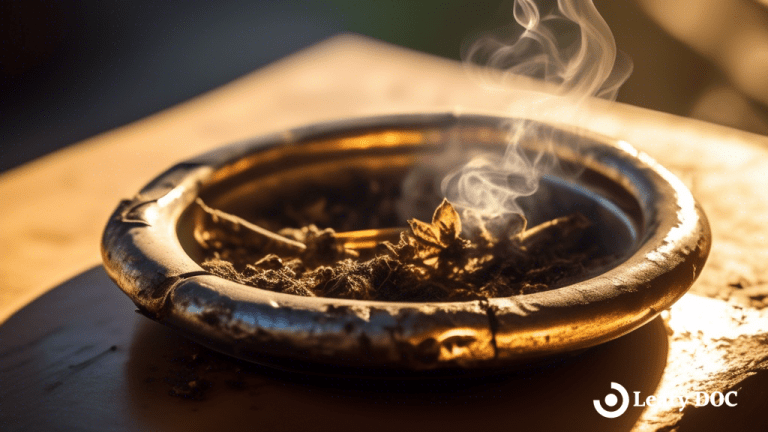Chronic Obstructive Pulmonary Disease (COPD)
What is Chronic Obstructive Pulmonary Disease (COPD)?
Chronic obstructive pulmonary disease (COPD) is a progressive disease that gets worse over time. It restricts the airways causing less airflow, making breathing a challenging task.
How common is the disease?
COPD affects more than 15 million adults in the U.S., with more people not knowing they have it. Over half of those diagnosed are women. COPD is a primary cause of disability and is the fourth leading cause of death in the United States, according to the CDC.
What are the stages of COPD?
COPD worsens with time; however, the amount of time it takes and the severity of symptoms depends on the individual.
Mild COPD (stage 1 or early stage)
The first sign of COPD is feeling out of breath with mild exercises, like walking up stairs. Another sign is a cough with mucus that’s particularly troublesome in the morning.
Moderate to severe COPD (stages 2 and 3)
Even during daily activities, shortness of breath becomes evident with more advanced COPD. You may develop shortness of breath even during everyday activities. Increased phlegm, discoloration of phlegm, and lung infections are generally more common in the later stages of COPD.
Very severe COPD (stage 4)
With severe COPD, most activities cause shortness of breath. An oxygen tank is often needed, which causes limited mobility.
Causes of COPD
COPD can typically be prevented, mainly by not smoking cigarettes which is the leading cause of COPD. Most people with COPD smoke or used to smoke, but thirty percent have not. They often have a rare genetic condition called alpha-1 antitrypsin (AAT) deficiency. In the United States, the term COPD includes emphysema and chronic bronchitis.
Other causes include:
- Air Pollution
- Secondhand smoke
- Workplace dust and fumes
Signs & Symptoms
- Long-term cough with mucus
- Difficulty with deep breathing
- Shortness of breath with mild exercise.
- Shortness of breath performing daily activities.
- Long-term Wheezing
Diagnosis & Treatment
To assess your lungs and overall health, a doctor will want to understand your medical history, perform a physical exam and order breathing tests.
Those tests may include the following:
- Pulse oximetry
- Arterial blood gases (ABGs)
- Electrocardiogram (ECG or EKG)
- Chest X-ray or chest CT scan
- Exercise testing
COPD treatment focuses on relieving symptoms and avoiding respiratory infections. Your doctor may recommend the following options:
- Bronchodilators
- Anti-inflammatory medications
- Supplemental oxygen
- Antibiotics
- Vaccinations
- Rehabilitation
- Anticholinergics
- Leukotriene modifiers
- Expectorants
- Antihistamines
- Antivirals
Potential Risks of MMJ
The potential risks of medical marijuana include the following:
- Nausea and vomiting
- Paranoia
- Anxiety
- Increased heart rate
- Dry or Red eyes
- Slowed cognitive function
- Extreme fatigue
- If you are on coagulants or blood thinners, you may want to remain cautious with edibles because THC can significantly slow down blood clotting.
- Smoking can be worse in the lungs due to smoked cannabis inhalation.
The Endocannabinoid System & COPD
Cannabinoids are found in the cannabis plant and are also produced naturally by our bodies. Humans have an endocannabinoid system that organically produces cannabinoids. These compounds are essential to maintaining internal balance through many different body systems.
Cannabinoids interact with our ECS to help maintain homeostasis through a messenger system of molecules and receptors. Sleep, energy, cardiovascular health, reproduction, stress, chronic pain, motivation, appetite, digestion, and more are some bodily functions that cannabinoids impact. CBD and THC are two cannabinoids that can potentially help those with symptoms of Chronic obstructive pulmonary disease.
Can medical marijuana help with COPD?
A 2016 journal from Nature summarized nineteen COPD studies on forced vital capacity (FVC), which is the force and speed of exhaling. The trial study demonstrated that non-inhaled medicinal marijuana increases the FVC that COPD decreases.
Medical cannabis has been reported to alleviate COPD symptoms due to its antimicrobial properties and ability to reduce mucus, relieve pain, and promote healthy sleep patterns, providing temporary relief.
THC has been studied since the 1970s as an effective bronchodilator. It can widen the bronchi allowing more airflow. THC and CBD are also known to have anti-inflammatory effects. A recent study found that cannabis oil containing CBD, CBDA, and THC extract may increase airflow and decrease inflammation.
Non-inhalation methods of cannabis are safest for patients with COPD, such as edibles, concentrates, tinctures, topicals, and capsules. Talk to your doctor or cannabis coach about adding medical cannabis to your treatment plan.
Last Updated: June 14, 2024
Get Your Medical Card
Connect with a licensed physician online in minutes
Table of Contents
Keep Reading
-
Managing Pain With CBD For Wellness
Explore the incredible benefits of using CBD for pain management and wellness. Discover how this natural remedy can help alleviate discomfort and improve your overall quality of life. Click here to learn more about the power of CBD!
-
How Long Does A Weed High Last
Find out the real duration of a weed high, from minutes to hours! Don’t miss this eye-opening article and satisfy your curiosity today. Click now to uncover the truth!
-
The Benefits Of CBD Oil For Stress Relief
Relieve stress naturally with CBD oil! Discover the amazing benefits of CBD oil for stress relief and enhance your well-being today. Click to learn more about this powerful remedy!



